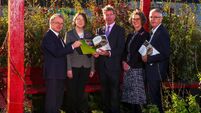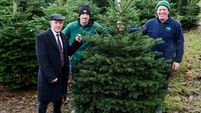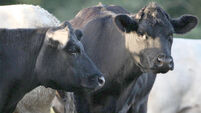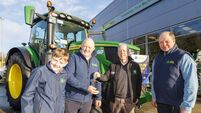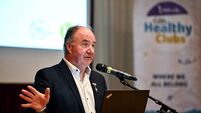Teagasc advice: Is she a good thing?
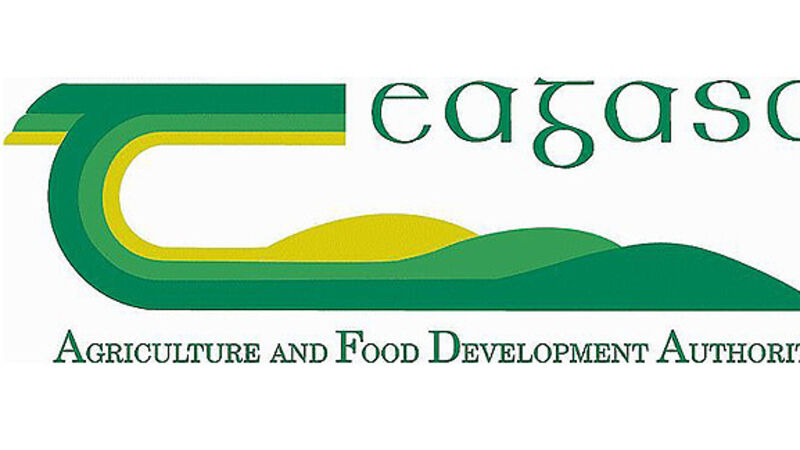
Do you know ‘a good thing‘ when you see it?
A good cow is a money-earner. She is not the cow that produced the export weanling three years ago, and hasn’t done a tap since.
A good cow produces a weanling for sale every calendar year within a 365-day calving interval.
She does what she is supposed to do when she is supposed to do it, so she calves for the first time at two years of age and calves in your three-month calving season.
She has enough milk and growth potential to drive weanling weight; and is easy kept, so is small in stature and produces a weanling 50% of her own weight
How do your cows match up to these criteria?
Check your calving report and your suckler cow report to see how your cows are performing.
Calving spread on many farms is 12 months, not three!
The consequences of a herd of underperforming suckler cows are:
* an uneven calf crop.
* poor utilisation of grass.
* inefficient labour use.
* and poor profitability.
At the recent Teagasc National Beef Conference, Paul Crosson examined a number of calving dates and their impact on profitability.
He took five spring calving dates — mid-January, February, March, April, and May — and one autumn date, mid-September.
He looked at two sale dates for weanlings: the end of October for spring calvers, and the end of June for autumn calvers. He assumed a higher price/kg for the autumn weanlings (€2.60 versus €2.37 for the spring weanlings).
The result of his analysis was that, on average, mid-February was the best calving date for suckler to weanling systems.
In practice, this means calving cows from mid-January to mid-April (in stark contrast to Ireland’s current calving performance).

